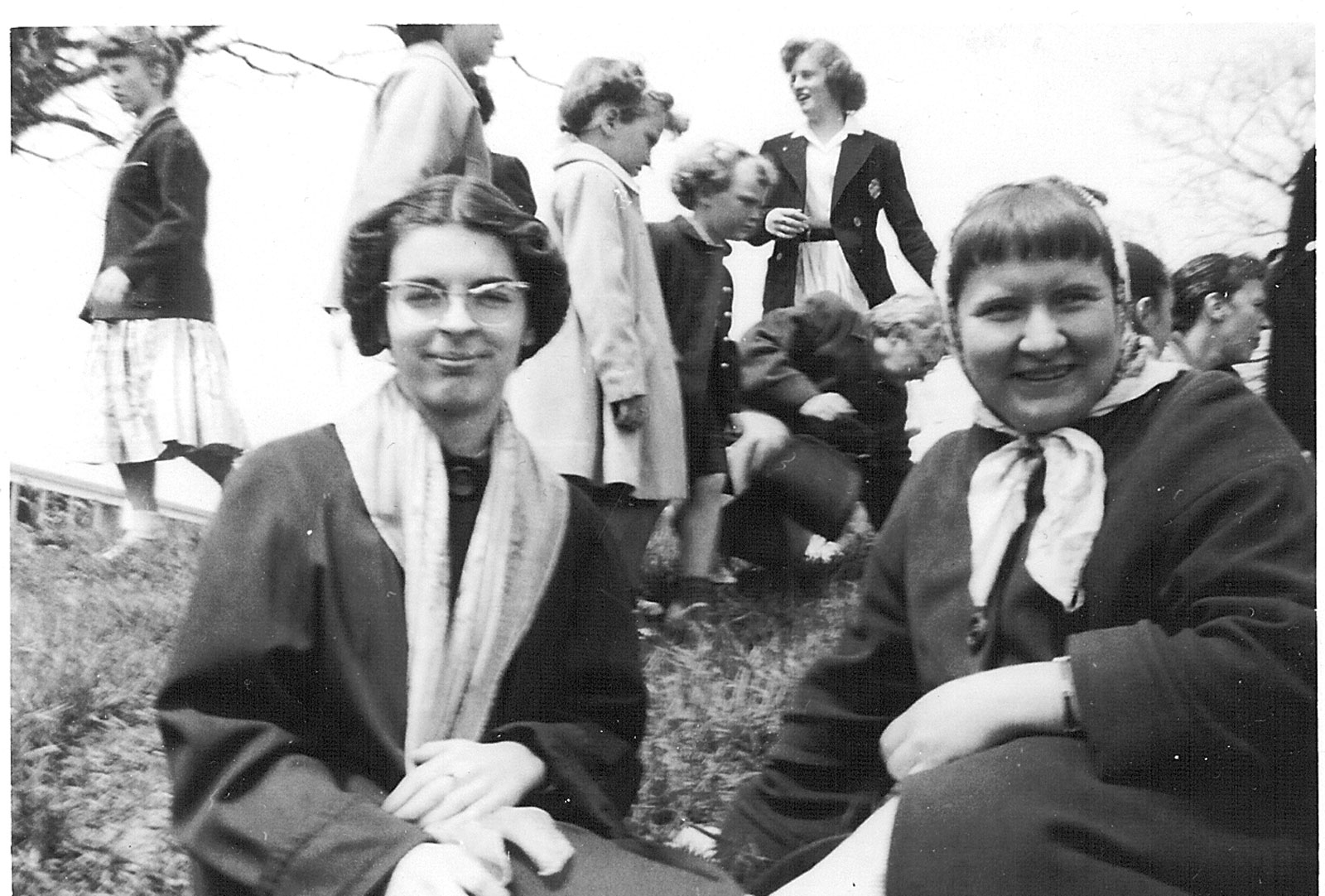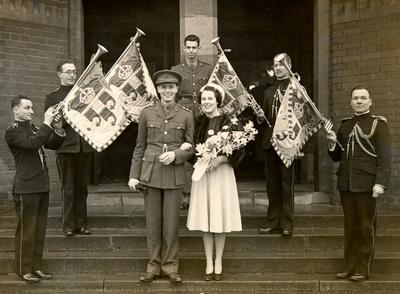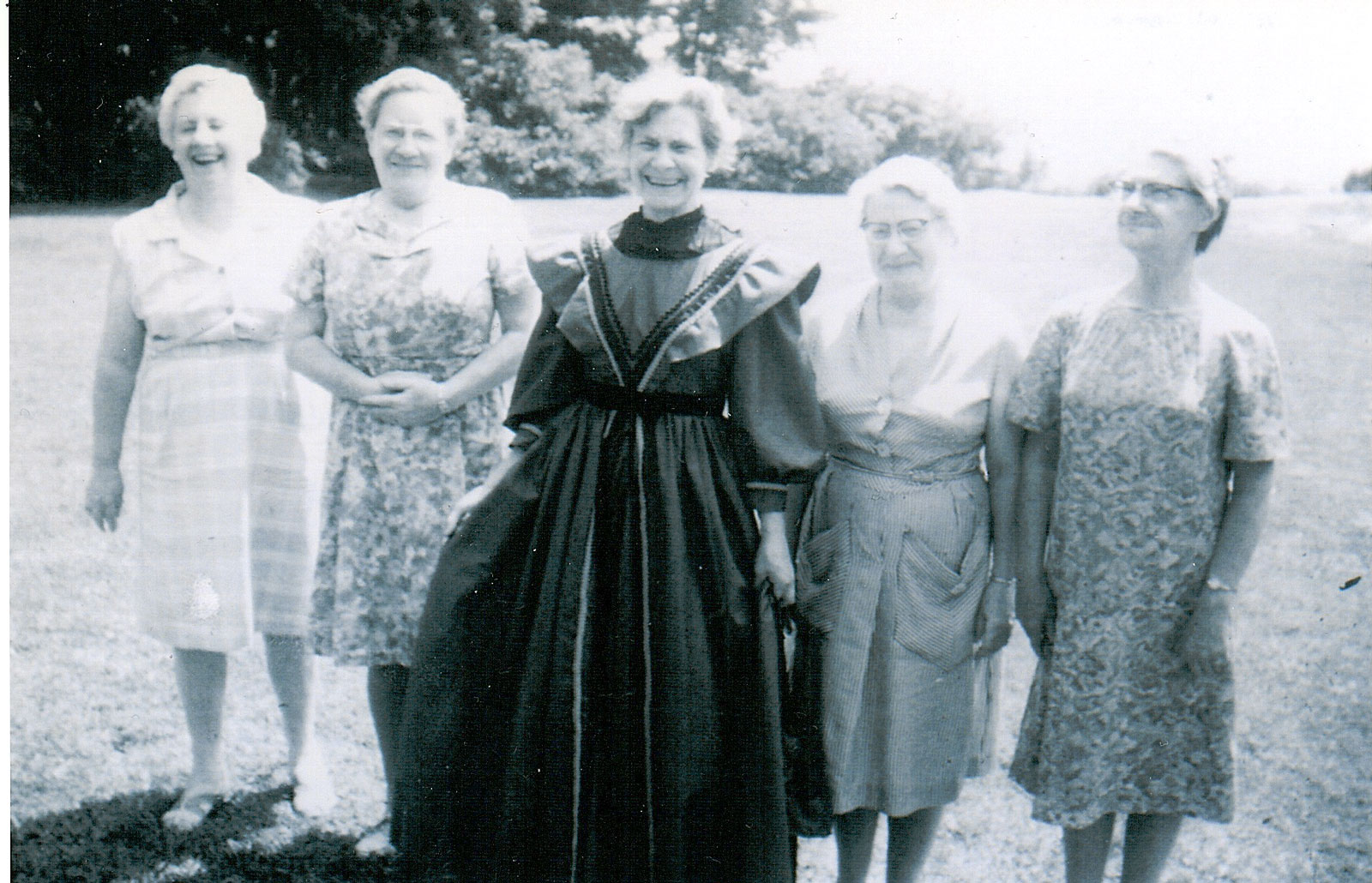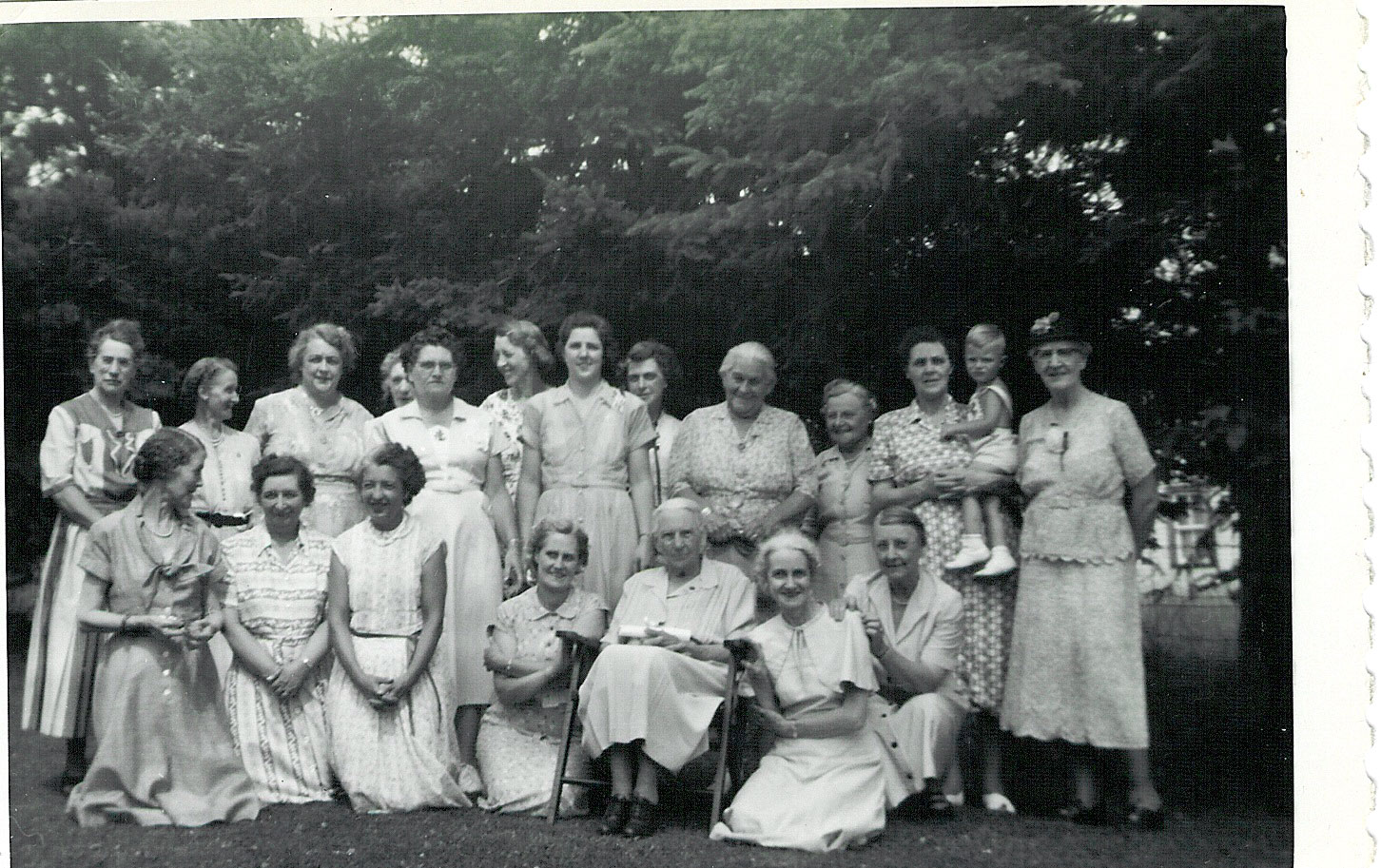
Canada, and much of the western world, was a vastly different place to live after the second World War.
For one, women who had started to work found that they enjoyed it quite a bit. Heading back to traditional women's roles - mothers, homemakers, secretaries, nurses, and teachers - wasn't very appealing. Immediately after the war there was still an economic need for women in a variety of labour, because the number of men killed and wounded in battle meant there was an ongoing shortage of able-bodied workers.
Women had been making some advances in civil rights throughout the 20th century but had a newfound power in being part of the economy and providing work that businesses required to survive.
Immigration patterns changed after the two world wars, in some cases because people met and married while working overseas or far from their birthplaces. Many women came home with Ontario soldiers who were born in Britain or other parts of Europe, or even different provinces of Canada. They settled in Ontario's expanding rural and urban areas and began to form the suburbs we know today as sprawling expanses of our cities.
One of the first wartime marriages of Canadians overseas was this one:

daughter of Brigadier General H.D. G. Crerar, in the garrison church in
Aldershot, England, January 6, 1940. Courtesy the Oakville Museum. [Learn More]
Women continued on with many of their previous activities and hobbies, adding a great number more opportunities and ambitions. Church groups and community organizations thrived and grew - the Federated Women's Institutes of Ontario hit their peak in the 1950s. Canada's centennial celebrations in 1967 were a large focal point for many interest groups and municipalities to both look back at their beginnings and make plans for the future.


A number of libraries have worked on oral history projects to help document the last 80 years of life in Ontario. Here, the Brampton Public Library's Through Our Eyes project interviews Gloria Martin, who moved to Brampton from Trinidad "for economic reasons and to study."



